The Weaver comprises a group of birds that make up the Ploceidae family. Their name comes from the unique way that they build their nests.
These little birds take grasses, reeds, and other vegetation, and carefully weave them together to form their intricate nests. Many species of these birds suspend or hang their nests off of branches in a basket or orb shape. Read on to learn about the Weaver.
Description of the Weaver
Weavers vary drastically in color, shape, and size, and within the family, researchers recognize over a hundred different species! Many species are small, stout, and finch-like, but each is different from the next.
Their plumage, or feathers, comes in a wide range of colors, including white, black, red, yellow, brown, tan, orange, and everything in between. Some have solid colorations with just a single color, while others feature mottled plumage, or different colors on different parts of their bodies.
Interesting Facts About the Weaver
There are so many different species of Weavers, with a number of different behaviors, adaptations, and traits. Learn more about a few different species, and what makes them unique, below.
- White-Headed Buffalo Weaver – With a name like “the White-Headed Buffalo,” it’s hard not to write a little about this species! If ever a bird had a descriptive name, this one is it! This species does indeed have a white head, along with black wings, red shoulders, and red underneath its tail. Their favorite pastime is following African buffalo around the savanna, and eating the insects that the large mammals stir up.
- Montane Widowbird – The Montane Widowbird differs from some of its finch-like cousins. Male Widowbirds have beautifully long tails, but only during the breeding season. Towing around a lengthy tail is tough work, and when he doesn’t need to impress the ladies anymore, he ditches the tail!
- Southern Masked Weaver – The Southern Masked species has beautiful yellow plumage and a distinct black patch of feathers across its face. Along the edge of the black feathers they have red accents, and their eyes are also bright red. Female Southern Masks don’t get the flashy plumage that males do, and they look like any little brown finch.
- Sociable Weaver – If you think you’re social, think again! This species doesn’t build the prettiest nest, but it builds one of the largest in the world. A single Sociable Weaver nest sometimes contains well over a hundred pairs of birds! They continue using the communal nest year after year.
Habitat of the Weaver
Different Weaver species inhabit different types of ecosystems. Some live on the dry savannas and grasslands of Africa. Others prefer living in dense rainforests high in the mountains.
Some of the different habitats that these birds live in include grasslands, meadows, forests, rainforests, wetlands, swamps, mangroves, and riparian areas on the edges of streams, rivers, lakes, and ponds. Some only inhabit a few types of ecosystems, while others live in a wide variety of habitats.
Distribution of the Weaver
The vast majority of Weaver species live in Africa, though a few species also live in Asia. In Africa, they range from the southern edge of the Sahara Desert to the southern tip of the continent. Many species inhabit the tropical regions of Africa, though they live throughout the continent.
Each species has its own distribution. Some species live across a wide expanse, while others live only in a small region.
Diet of the Weaver
Weaver diet varies from species to species. Most are primarily herbivorous, and eat mostly seeds, but they also eat insects and invertebrates. The ratio of their diet depends on the species. For some species, seeds make up the vast majority of the diet. In other species, insects make up a more significant percentage.
Some of their primary plant food sources include weed seeds, grains, nuts, nectar from flowers, and more. Insectivorous species eat a wide variety of invertebrates, like grasshoppers, locusts, spiders, flies, mosquitoes, and more.
The Most Numerous Wild Bird in the World
Researchers estimate that one Weaver species, the Red-Billed Quelea, is the most numerous wild bird species in the world. At its peak, the populations stand at about 1.5 billion birds! This might not be quite so impressive if they lived in a wider range, but these birds only live in Sub-Saharan Africa.
Unfortunately, locals call this bird the “feathered locust,” because a single flock can decimate an entire farm of crops. Flocks easily number in the millions, and they can eat hundreds of thousands of pounds of grains or seeds in a day. People try to discourage the birds with scarecrows, fireworks, noisemaking devices, to varying effectiveness.
Weaver and Human Interaction
Humans and Weavers interact in different ways based on the species. Some species, like the Red-Billed Quelea discussed above, impact humans in a negative fashion. For other species, humans are the major danger.
Regardless of the species, the greatest threat to most populations is habitat destruction. However, some species actually benefit from human interaction by utilizing manmade structures and areas for nesting and foraging.
Domestication
Humans have not domesticated Weavers in any way.
Does the Weaver Make a Good Pet
No, Weavers usually do not make good pets. Though each species is different, all of them are wild birds. In some areas, or for some species, owning one as a pet is illegal.
Weaver Care
Different species of Weavers fare differently in zoos and in human care. Some do quite well, especially in large aviaries. There are many species that zoos have never kept, or that scientists have even thoroughly researched in any way.
Overall, large aviaries with a variety of trees, bushes, and shrubbery provide the birds with lots of space for exercise and exploration. For social species, living in flocks is entirely necessary. Diet changes from one species to another, but is usually omnivorous in nature.
Behavior of the Weaver
Like most songbirds, Weavers are typically diurnal and active during the day. Their daily behavior, and social behavior both vary based on the species at hand. Some species forage on the ground, others search for food in bushes and trees.
Their social behavior varies drastically, and some species are completely unknown to us. Flock size ranges from a single pair to millions of birds. Social flocks usually forage together, sometimes in a large group and sometimes in smaller flocks.
Reproduction of the Weaver
Breeding behavior is also highly variable with these birds. Social species sometimes reproduce in large colonies. As a group, Weavers build complex nests by weaving plant fibers together.
Some nests contain a single woven basket, while others have multiple chambers and passages. The number of eggs laid is based on the species, as is the incubation period and the fledging rate.

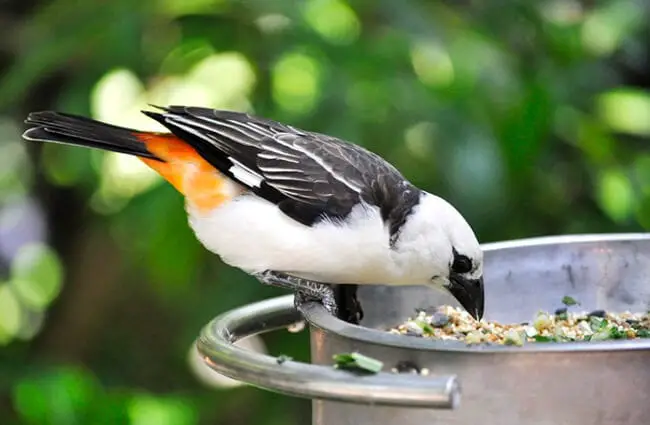
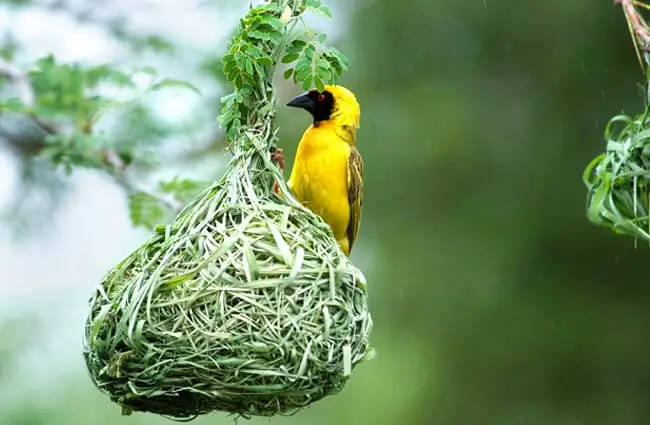
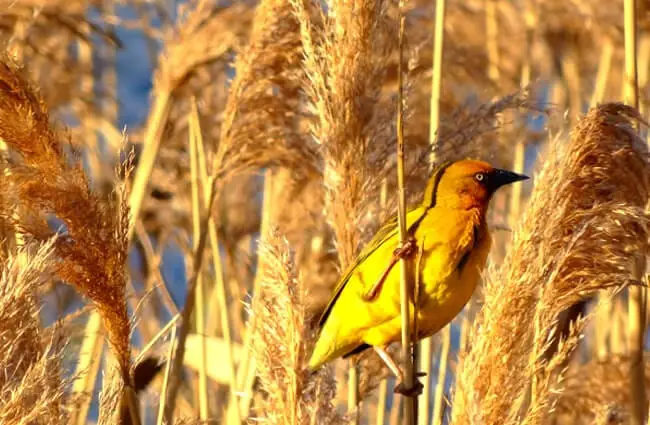

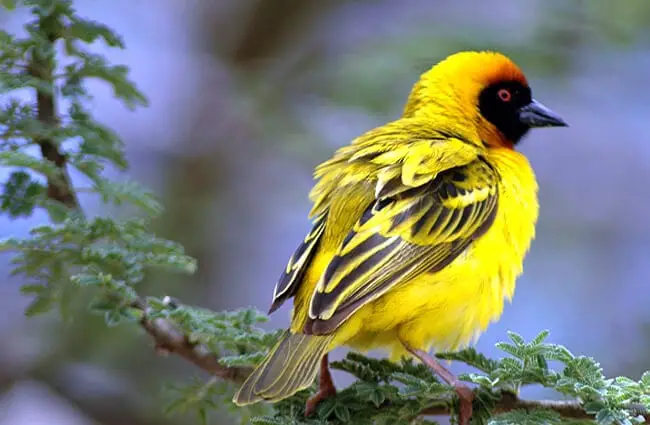
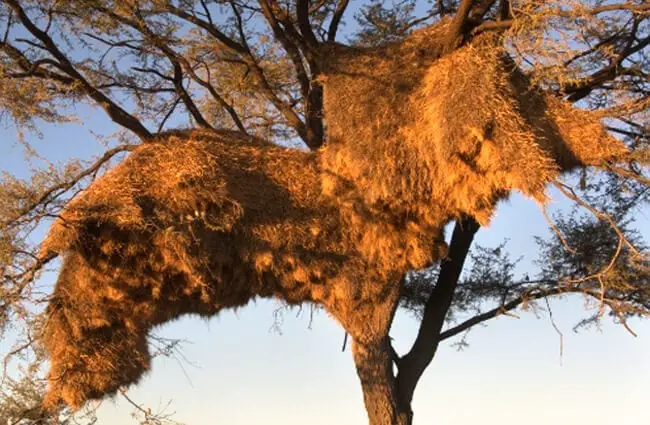
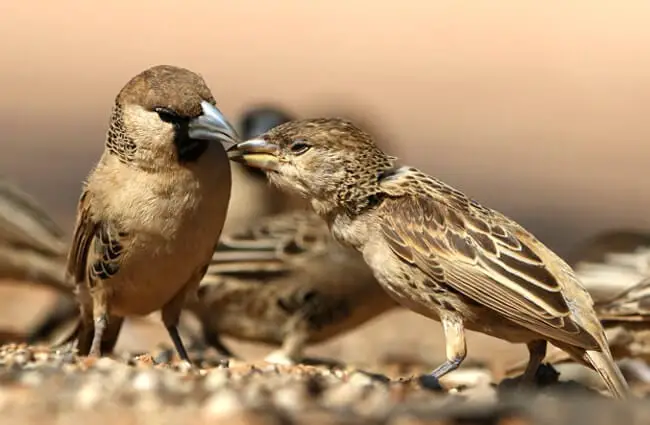
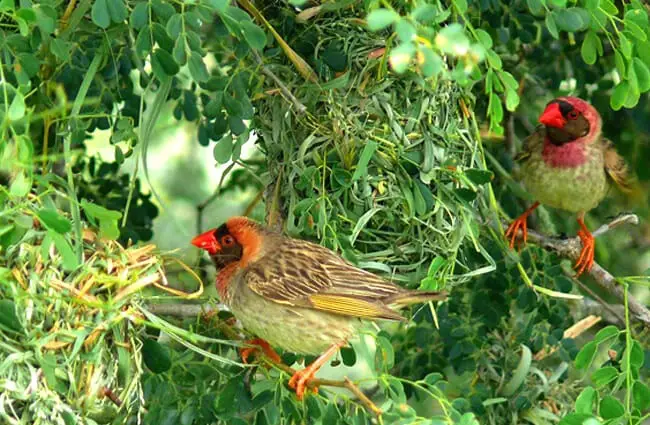
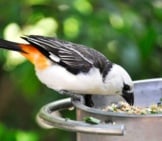

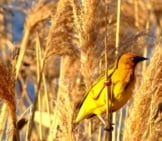
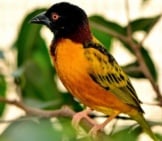

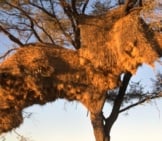
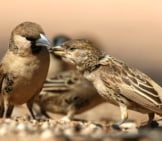
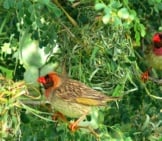
![Red Angus Closeup of a beautiful Red Angus cowPhoto by: U.S. Department of Agriculture [pubic domain]https://creativecommons.org/licenses/by/2.0/](https://animals.net/wp-content/uploads/2020/03/Red-Angus-4-238x178.jpg)












![Red Angus Closeup of a beautiful Red Angus cowPhoto by: U.S. Department of Agriculture [pubic domain]https://creativecommons.org/licenses/by/2.0/](https://animals.net/wp-content/uploads/2020/03/Red-Angus-4-100x75.jpg)

